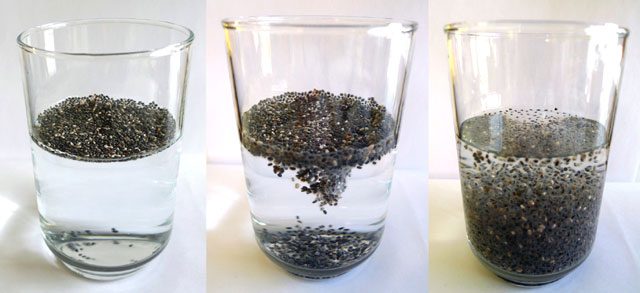The skincare market is flooded with products claiming to banish acne, restore natural beauty, and make your skin flawless. However, many of these products are loaded with harmful chemicals, often untested and unknown to consumers.
As Elizabeth Sword, executive director of the Children’s Health Environmental Coalition, explains:
“Trade secrets and formulas are sometimes withheld from consumers for business purposes, leaving them unable to make fully informed decisions.”
To avoid these risks and protect your skin, consider crafting your own natural facial scrub. This DIY solution uses just two simple, effective ingredients: coconut oil and baking soda.
Why These Ingredients Work Wonders
Coconut Oil
One of nature’s healthiest oils, coconut oil offers powerful antimicrobial, hydrating, and antibacterial properties. It helps:
- Clear acne and cleanse the skin.
- Treat skin conditions like eczema and psoriasis.
- Keep your skin soft, moisturized, and glowing.
Baking Soda
A natural exfoliant, baking soda is great for:
- Removing blackheads.
- Minimizing wrinkles.
- Treating sunburns.
- Leaving your skin feeling smooth and refreshed.
How to Make a Coconut Oil and Baking Soda Face Scrub
Ingredients:
- 1/2 cup coconut oil
- 1/2 cup baking soda
Instructions:
- Combine the coconut oil and baking soda in a shallow jar or container.
- Mix until you achieve a smooth, even consistency.
- Use the mixture as a facial scrub, gently massaging it into your skin as you normally would.
- Rinse with warm water and enjoy the refreshed, radiant look!
Benefits of This DIY Face Scrub
This homemade scrub is a safe, chemical-free alternative to commercial products. It gently exfoliates, clears impurities, and deeply hydrates, leaving your skin looking youthful and vibrant. With regular use, you’ll see remarkable improvements without the risks of harmful additives.
Say goodbye to harsh chemicals and hello to naturally flawless skin!









